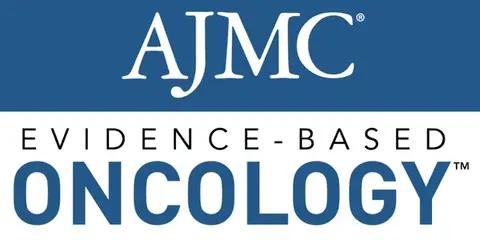Article
Pain Societies Release Guidelines for Using Ketamine to Treat Acute, Chronic Pain
Author(s):
Three pain societies have come together to create consensus guidelines for the use of ketamine for both acute and chronic pain.
Three pain societies have come together to create consensus guidelines for treating both acute and chronic pain with ketamine, an old drug seeing a resurgence.
The ketamine guidelines were created by the American Society of Regional Anesthesia and Pain Medicine (ASRA) and the American Academy of Pain Medicine, along with the American Society of Anesthesiologists' Committees on Pain Medicine and Standards and Practice Parameters.
Ketamine infusions have been used since the 1960s for chronic pain, but the “widespread variability in patient selection, treatment parameters, and monitoring” related to the upswing in this generic drug creates the necessity for consensus guidelines for acute pain, the organizations said. The guidelines are in response to a need from healthcare providers, payers, patients with pain, and healthcare administrators about the use of ketamine, the ASRA said in a statement.
The drug, which has also been used for severe depression, is being used in emergency departments, in the perioperative period in individuals with refractory pain, and in opioid-tolerant patients, the guidelines said.
In the acute pain guidelines, the organizations said there is evidence that ketamine for acute pain may work in a variety of situations, including as a stand-alone treatment, as an adjunct to opioids, and possibly as a nasal spray.1
The organizations reached consensus in these areas for acute pain:
- Indications
- Contraindications for acute pain and whether they differ from those for chronic pain
- Evidence for the use of ketamine as an adjunct to opioid-based therapy
- Evidence supporting patient-controlled ketamine analgesia
- Use of nonparenteral forms of ketamine
- The subanesthetic dosage range and whether the evidence supports those dosages for acute pain.
The organizations said larger studies evaluating different acute pain conditions are needed to improve patient selection, determine the effectiveness of nonparenteral ketamine alternatives, define treatment parameters, and develop safety and access protocols.
Guidelines were also released for the use of intravenous ketamine for chronic pain. These guidelines2 recommend that subanesthetic ketamine infusions “be considered for patients undergoing large painful procedures, patients who are opioid-dependent, opioid-tolerant patients with chronic pain that have an acute exacerbation, and patients at risk of side effects from high doses of opioids such as patients with obstructive sleep apnea,” said James P. Rathmell, MD, professor of anesthesia at Harvard Medical School and chair of the Department of Anesthesiology, Perioperative and Pain Medicine at Brigham and Women’s Health Care.
The level of evidence for ketamine for chronic pain varies by condition and dose range. Most studies evaluating the efficacy of ketamine were small and uncontrolled and were either unblinded or ineffectively blinded.
In chronic pain, ketamine is believed to reverse central sensitization and enhance descending modulatory pathways. Higher dosages and more frequent infusions were associated with greater risks.
The organizations said larger studies, evaluating a wider variety of conditions, are needed.
References
1. Schwenk ES, Viscusi ER, Buvanendran A, et al. Consensus guidelines on the use of intravenous ketamine infusions for acute pain management from the American Society of Regional Anesthesia and Pain Medicine, the American Academy of Pain Medicine, and the American Society of Anesthesiologists. Reg Anesth Pain Med. 2018;43(5): 456-466. doi: 10.1097/AAP.0000000000000806
2. Cohen SP, Bhatia A, Buvanendran A, et al. Consensus guidelines on the use of intravenous ketamine infusions for chronic pain from the American Society of Regional Anesthesia and Pain Medicine, the American Academy of Pain Medicine, and the American Society of Anesthesiologists. Reg Anesth Pain Med. 2018;43(5): 521-546. doi: 10.1097/AAP.0000000000000808





